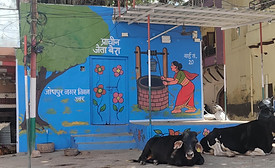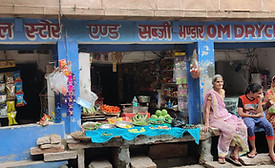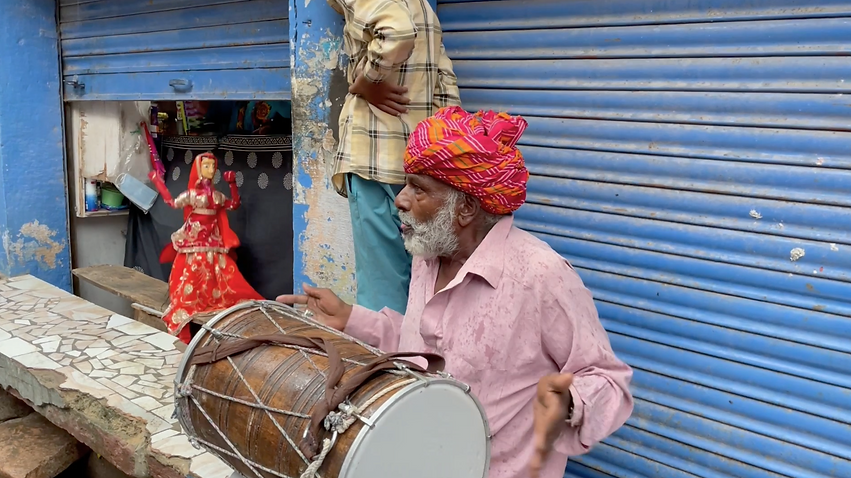Make a Wish : Thinking & Drawing Workshop
December 18, 2016
Old Manor Park Library, Rabbits Road Institute
Make a Wish : Thinking & Drawing Workshop
December 18, 2016
Old Manor Park Library, Rabbits Road Institute
Make a Wish : Thinking & Drawing Workshop
December 18, 2016
Old Manor Park Library, Rabbits Road Institute
Make a Wish : Thinking & Drawing Workshop
December 18, 2016
Old Manor Park Library, Rabbits Road Institute
An Immersive Retelling of Ranga Siyar
December 17 - December 19, 2019
Kitaabo- The Blue City Children's Literature Festival, Jodhpur
An Immersive Retelling of Ranga Siyar
December 17 - December 19, 2019
Kitaabo- The Blue City Children's Literature Festival, Jodhpur
An Immersive Retelling of Ranga Siyar
December 17 - December 19, 2019
Kitaabo- The Blue City Children's Literature Festival, Jodhpur
An Immersive Retelling of Ranga Siyar
December 17 - December 19, 2019
Kitaabo- The Blue City Children's Literature Festival, Jodhpur
An Immersive Retelling of Ranga Siyar
December 17 - December 19, 2019
Kitaabo- The Blue City Children's Literature Festival, Jodhpur
An Immersive Retelling of Ranga Siyar
December 17 - December 19, 2019
Kitaabo- The Blue City Children's Literature Festival, Jodhpur
An Immersive Retelling of Ranga Siyar
December 17 - December 19, 2019
Kitaabo- The Blue City Children's Literature Festival, Jodhpur
Kathputli tradition
Kathputli literally translates to kath meaning wood and putli meaning doll. Rasjathan's Kathpuli is a centuries-old storytelling tradition known specifically for the use of wooden string puppets. Over the years, Kathputli has gained popularity, especially amongst children for its interactive and playful storytelling.
Patronised by the royal family, traditionally, the Kathputli repertoire consisted of stories of the durbaar, bringing unseen scenes of the royal courts to the general public. However, with the advent of television, cinema and mass media, new modes of entertainment emerged, marginalising oral traditions. The obsolesce of oral traditions has led to the disappearance of an entire culture of one-to-one listening and telling, of generational knowledge and sensory ways of learning.
Intervention
Kathputli tradition
Kathputli literally translates to kath meaning wood and putli meaning doll. Rasjathan's Kathpuli is a centuries-old storytelling tradition known specifically for the use of wooden string puppets. Over the years, Kathputli has gained popularity, especially amongst children for its interactive and playful storytelling.
Patronised by the royal family, traditionally, the Kathputli repertoire consisted of stories of the durbaar, bringing unseen scenes of the royal courts to the general public. However, with the advent of television, cinema and mass media, new modes of entertainment emerged, marginalising oral traditions. The obsolesce of oral traditions has led to the disappearance of an entire culture of one-to-one listening and telling, of generational knowledge and sensory ways of learning.
Intervention
.png)
.png)
In this project, new Kathputli stories are created and staged site-specifically to connect with an urban younger generation. These tales tell stories of water heritage of the old city of Jodhpur. Students are invited to participate in a walking tour where they learn about history of different water bodies including lakes, baawaris (stepwells), and kua (wells). The tour starts at the historic Ranisar Lake and ends at the popular Navchowkiya (central plaza), introducing students to vernacular terms, community history, water culture and the relevance of oral histories.
By leveraging the education value of storytelling traditions, the project fills the gap of local knowledge in formal education, creates a new audience-base for the artists and introduces arts-based learning. It acts as a pilot for the development of more site-specific educational programs, sharing indigenous knowledge and collective memory.
Mapping the Script
.png)
Site-specific Storytelling

Jeta Bera
Frame at the exterior of Jeta Bera well


Mahesh General Store
Shop frame near Chaand Baawari
Joshiyon ka Kua
Facade of well's pavillion
Re-purposing architectural frames

Puppet Show 2: Chaand Baawari

Puppet Show 3: Kumhar aur Kisaan



